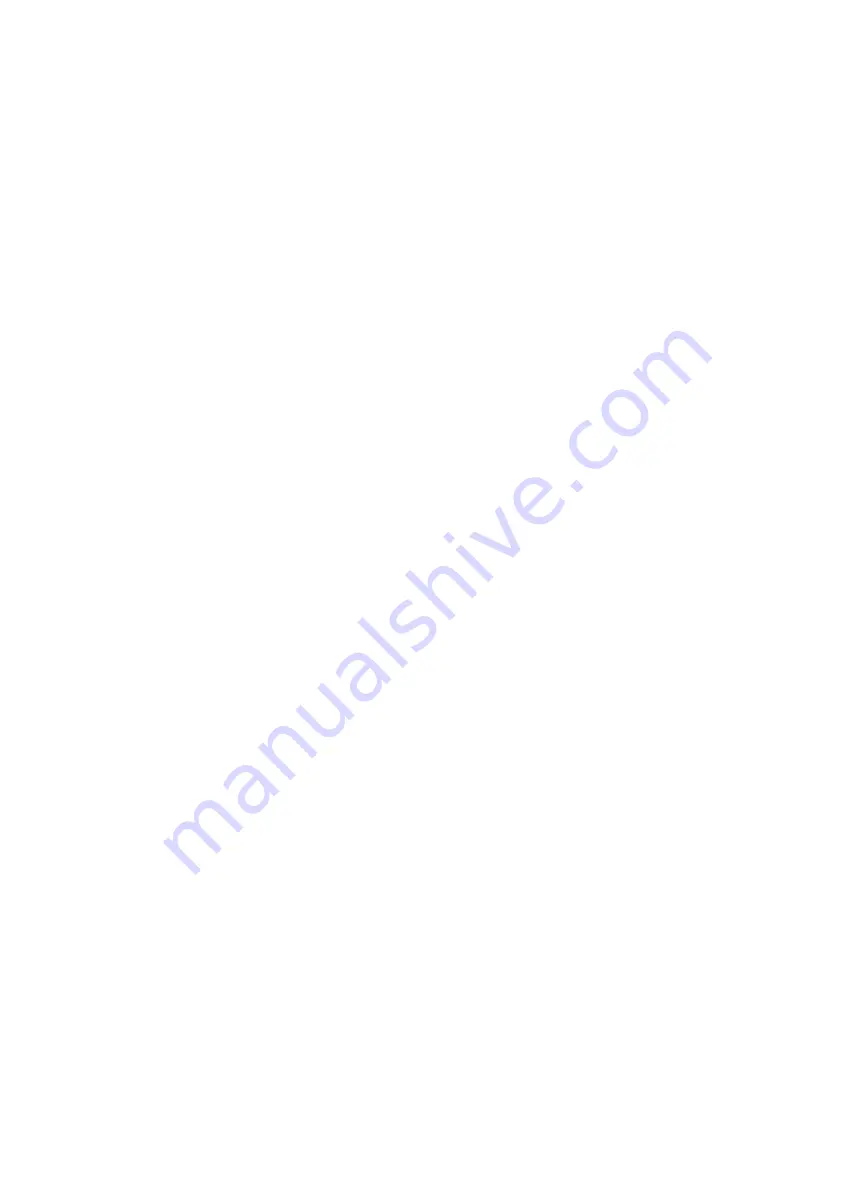
Text Path Options
Attach Text to Path:
This function allows the user to attach text to a shape and contour the text to that shape.
As an example, a user creates an ellipse design and a text element separately. With the mouse, drag a square
over both. By clicking Attach Text to Path, the text is merged with the ellipse and the text conforms to the
contour of the shape. The user can then drag the text element to the desired position, using the mouse.
Detach Text from Path:
This function reverses the Attach Text to Path option. Select the object and text with
the mouse by dragging a square to highlight both. Then, click Detach Text from Path. The shape and the text
will now be separated.
Convert to Path (Shift+Ctrl+P):
Convert a non-path to a layer path. If a layer is composed of elements that
are treated like paths, internally, or the layer is a Text object, the existing paths that make up the object are
simply extracted from the object as they are already defined. The result is a compound path containing all of
the separate paths. Any transform information from the original layer is not retained in the individual paths. For
all other types of layers a new path is created, preserving any transforms. The user creates a text layer then
converts to a path. Because the text was composed of more than one distinct element a compound path is
created. The compound path can then be split into separate paths for each distinct element in the text.
Convert to Raw Path:
Convert a path or non-path layer to a new path. This is similar to Convert to Path with
some important differences. With Convert to Raw Path new path objects are always created regardless of the
type of the original layer and transforms are preserved. The user creates a text layer, attaches it to an ellipse
path so that it follows the curvature of the ellipse, then converts the text to a raw path. The text retains its
curvature because the transforms of the separate text paths are preserved.
The easiest way to create an object is to select a shape from the tools menu. For example, you want to make a
circle. Select the circle tool, then click and drag to create a circular shape. By holding shift while dragging, you
can constrain the proportions so that the circle is perfectly round. Design view has hundreds of shapes that
can be selected and manipulated to endless choices. Click the “Square” icon to access the shape library.
54






























